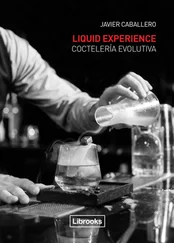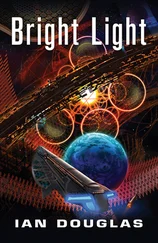where  is the polarizability tensor of the molecule, N is the number of molecules per unit volume, and the parentheses denote averaging over the orientations of all molecules.
is the polarizability tensor of the molecule, N is the number of molecules per unit volume, and the parentheses denote averaging over the orientations of all molecules.
The dielectric constant  (in units of ε 0) is therefore given by
(in units of ε 0) is therefore given by
(3.36) 
and
(3.37) 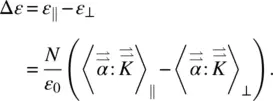
From these considerations and from observations by deJeu and Bordewijk [13] that
(3.38) 
and
(3.39) 
we can write ε ||and ε ⊥as
(3.40) 
and
(3.41) 
respectively, where K land K tare the values of  along the principal axis and S is the order parameter.
along the principal axis and S is the order parameter.
One can rewrite Eqs. (3.40)and (3.41)as
(3.42) 
and
(3.43) 
where
(3.44) 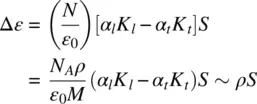
and
(3.45) 
Notice that we have replaced N by N A ρ / M , where N Ais Avogadro’s number, ρ is the density, and M is the mass number.
The final explicit forms of the ε s depend on the determination of the internal field tensor. However, it is important to note that, in terms of the temperature dependence of ε s [14],
(3.46) 
and
(3.47) 
In other words, the temperature ( T ) dependence of ε ||and ε ⊥(and the corresponding refractive indices n ||and n ⊥) is through the dependences of ρ and S on T .
One of the most striking features of the temperature dependence of the refractive indices of nematic liquid crystals is that the thermal index gradients ( dn ||/ dT and dn ⊥/ dT ) become extraordinarily large near the phase transition temperature ( Figure 3.7a and b). From Eqs. (3.46), (3.47), (3.40), and (3.41), we can obtain dn ||/ dT and dn ⊥/ dT as
(3.48) 
(3.49) 
Figure 3.8shows the plot of dn ||/ dT and dn ⊥/ dT for 5CB as a function of temperature, with experimental data deduced from a more detailed measurement by Horn [15].
Studies of the optical refractive indices of liquid crystals, as presented previously, are traditionally confined to what one may term as the classical and steady‐state regime. In this regime, the molecules are assumed to be in the ground state, and the optical field intensity is stationary. Results or conclusions obtained from such an approach, which have been outlined previously and in the next section, have to be considered in the proper context when these fundamental assumptions about the state of the molecules and the applied field are no longer true.
Detailed theories dealing with these quantum mechanical, nonlinear, or transient optical effects are given in Chapters 8and 10. As an example, consider the expression for the (linear) molecular polarizability given in Eq. (10.28). Note that the refractive indices of an excited molecule are completely different from those associated with a molecule in the ground state; these differences are due to the fact that a totally different set of dipole matrix elements d ijand frequency denominators ( ω i− ω j) are involved. If the intensities of the impinging optical fields are fast and oscillatory (e.g. picosecond laser pulses) and their time durations are comparable to the internal relaxation dynamics of the molecules, then those optical fields will “see” the transient responses of the molecules. These transient responses in the internal motions (sometimes termed “internal temperature”) of the molecules are usually manifested in the form of spectral shift; that is, the emission and the absorption spectra of the molecules are momentarily shifted, usually in the picosecond time scale. Accordingly, the “effective” molecular polarizabilities, which translate into the refractive indices, will also experience a time‐dependent change. These transient changes in the refractive index associated with the molecular excitations under ultrashort laser pulses should be clearly distinguished from the usual temperature effects associated with the stationary or equilibrium state. In the stationary case, the fast molecular transients have relaxed, and the absorbed energy has been converted to an overall rise in the bulk temperature. As stated earlier in Chapter 1, even in the so‐called stationary situation where the internal molecular excitations have relaxed, the order parameter S may still not attain the equilibrium state. This usually happens in the nanosecond or microsecond time scale. Details of these considerations are given in Chapter 9, where we discuss pulsed laser‐induced heating effects.
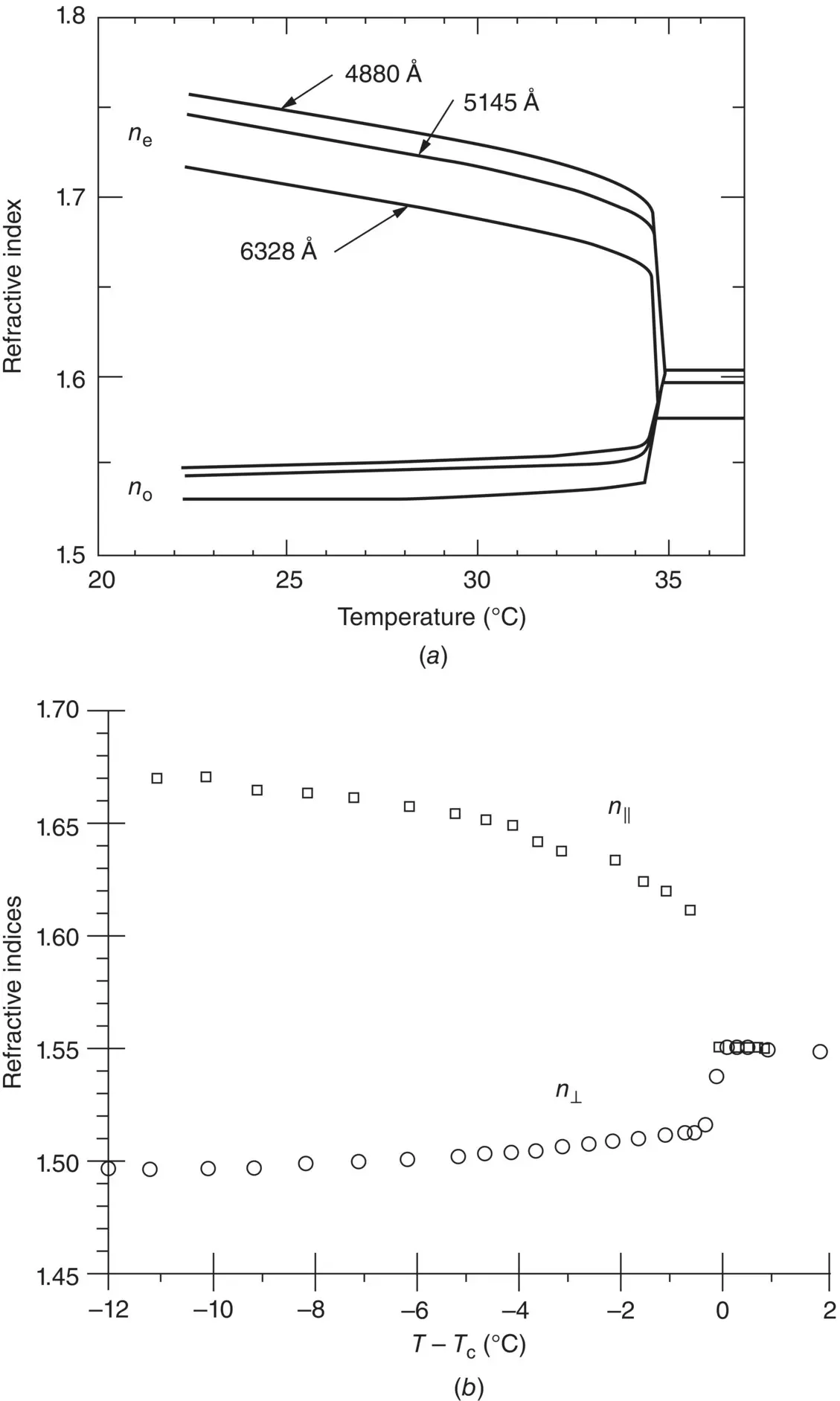
Figure 3.7. (a) Temperature dependence of the refractive indices of 5CB in the visible spectrum. (b) Temperature dependence of the refractive indices of 5CB in the infrared (10.6 μm) region.
Читать дальше
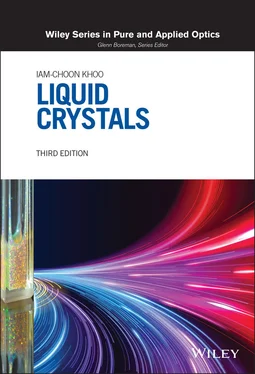
 is the polarizability tensor of the molecule, N is the number of molecules per unit volume, and the parentheses denote averaging over the orientations of all molecules.
is the polarizability tensor of the molecule, N is the number of molecules per unit volume, and the parentheses denote averaging over the orientations of all molecules. (in units of ε 0) is therefore given by
(in units of ε 0) is therefore given by





 along the principal axis and S is the order parameter.
along the principal axis and S is the order parameter.















